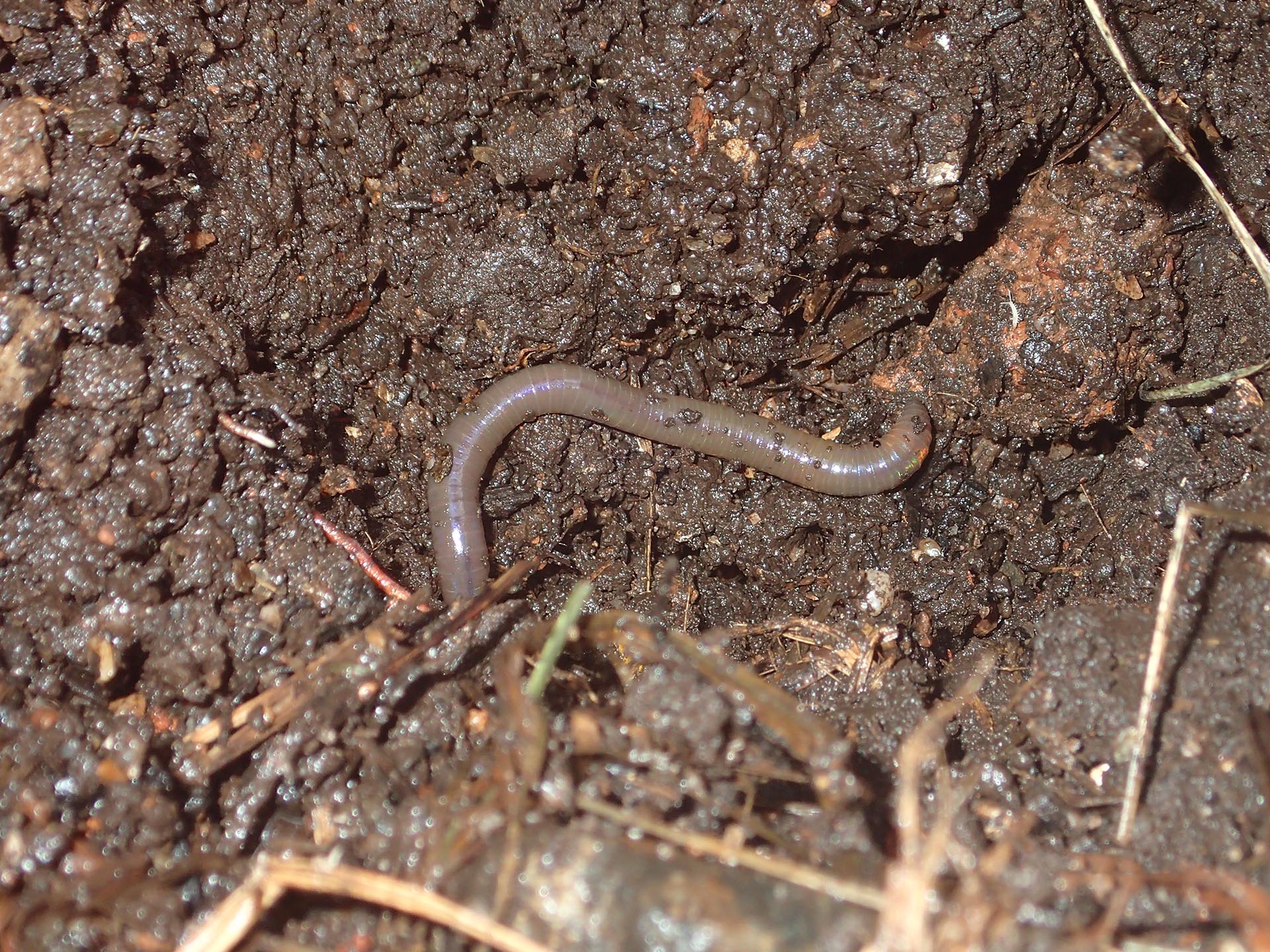Why they are Beneficial
These guys feed on organic matter such as plant debris, bacteria, fungi and other microorganisms. They are able to eat up to half their body weight each day. During this process they create tunnels which aerate the soil as well as improving the structure of the soil. These tunnels also allow for improved drainage and easier pathways for plant roots. The by-product of their eating, castings (worm poo), is a nutrient rich fertilizer for plants. Castings are also very colloidal (able to hold cations and therefore nutrients).
The presence of worms is an indicator of healthy soil.

